The wrestlers proving that sometimes, the battlefield is the only way to find common ground
In Russia, the name Astrakhan evokes images of nomadic caravans passing across the steppes of the ancient Silk Road. Back in the 15th century, the city was the capital of the Khanate of Astrakhan, a Tatar state that arose during the break-up of the Golden Horde — one of the kingdoms that had once formed part of the Mongol Empire. Astrakhan has always been fought over by the local tribes, largely for the access to the Caspian Sea that the city provides. Today their descendents also meet on the battlefield: this time for kuresh, a traditional Turkic wrestling game.
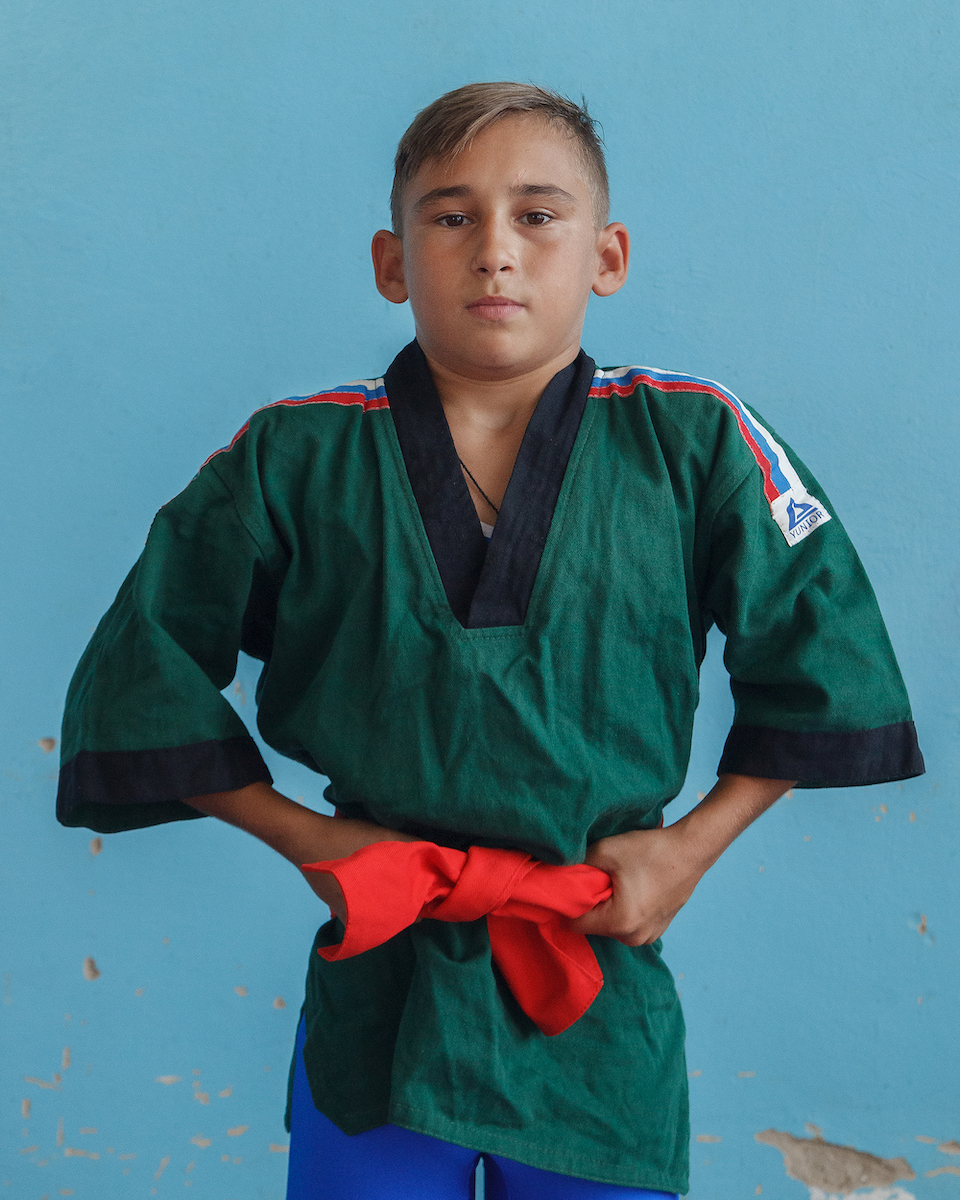
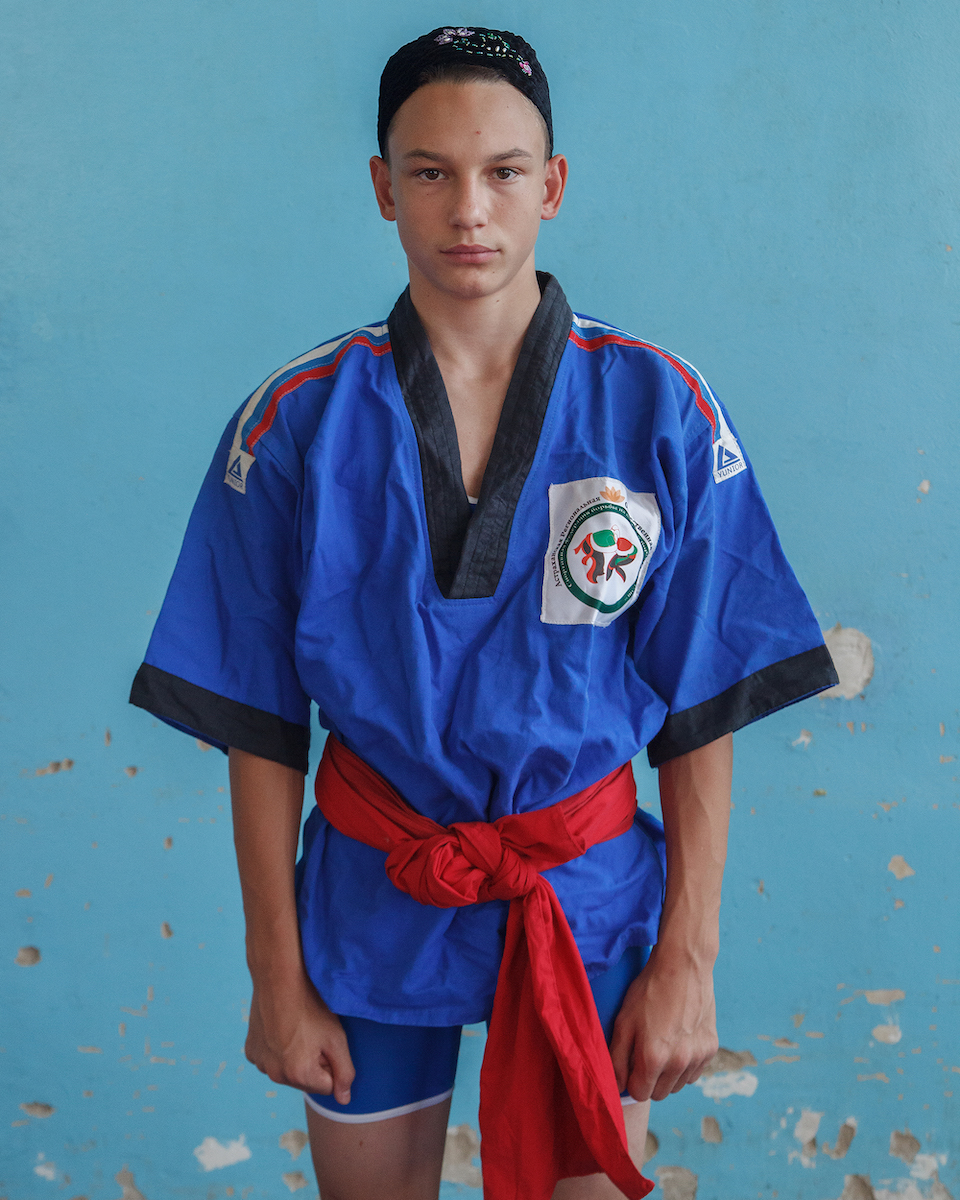
Yekaterinburg-based photographer Sergey Poteryaev created these images of kuresh wrestlers as part of an anthropological photo project on Tatars, Russia’s second-largest ethnic group. Unlike many other indiginous groups who reside mostly in Russia’s so-called national republics, Tatars are scattered across Russia, away from their traditional homeland of Tatarstan. “I picked [areas where Tatars lived on the] geographical extremes [away from Tatarstan] to see whether distance changed their perception of themselves as a nation,” Poteryaev explains. He ended up in Astrakhan, where Tatars make up just 6 per cent of the population and their communities are also influenced by neighboring Caucasian traditions and groups. “In this melting pot, for many, sport has become the way to find common ground,” Poteryaev says.
Kuresh wrestlers use belts to hold their opponents, with their final goal to throw opponents off the feet. Most kuresh wrestlers are Muslims, and as kuresh does not imply direct fighting, many see it as a spiritual practice which rings true with the Islamic perception of fate. “Both victory and defeat are in the hands of God — part of your destiny — so one can’t really be upset or happy. In the end it’s all about making you stronger,” explains Ruslan Zavadsky, a 22-year-old half-Russian, half-Chechen wrestler photographed for the project.
Mark Giller, who is of mixed Tatar-German heritage, was one of the first to revive kuresh in the area more than 30 years ago, despite the initial skepticism that he encountered. “[People would ask me:] ‘What kind of a job is this? We have real work, building houses, it’s real,” Giller remembers. “[But even if] our training doesn’t seem practical, it is essential for the spirit. It brings stability to your life,”
Today, at the age of 73, Giller is still training a small but diverse community of wrestlers, aged between 12 and 65. Among them is his son, Alexey Giller, an entrepreneur dedicated to artisanal cheese production who sees kuresh as a way of appreciating his Tatar heritage. “The ideological side is really important for me. It is my way of reconnecting with my ancestors,” he told Poteryaev.
Kuresh wrestlers in Astrakhan are mostly professional sportsmen, and many have a background in Greco-Roman or freestyle wrestling. The majority of students are ethnic Tatars, although kuresh is becoming more popular with Chechens and Avars, groups which live in the neighbouring republics of Chechnya and Dagestan where wrestling has traditionally been important.
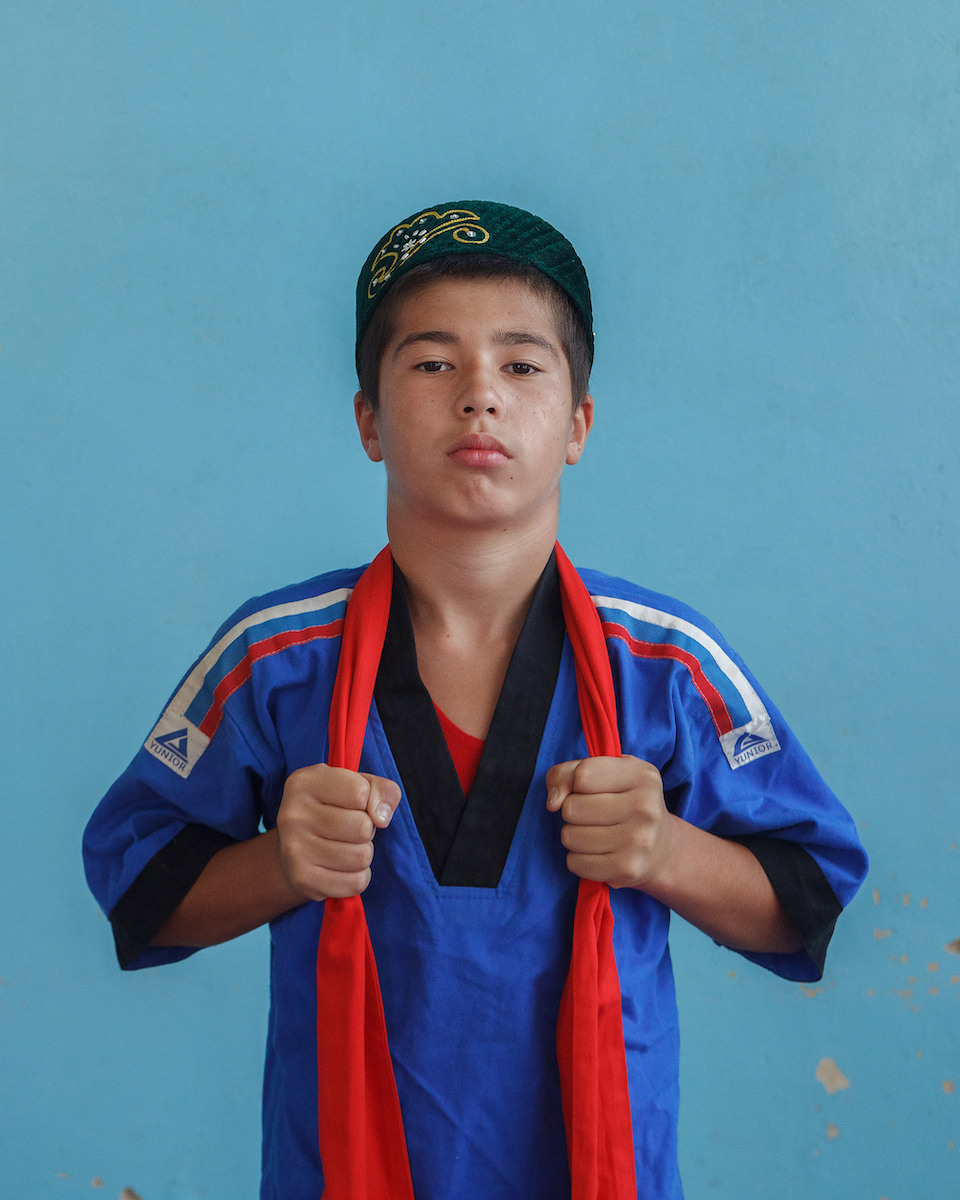
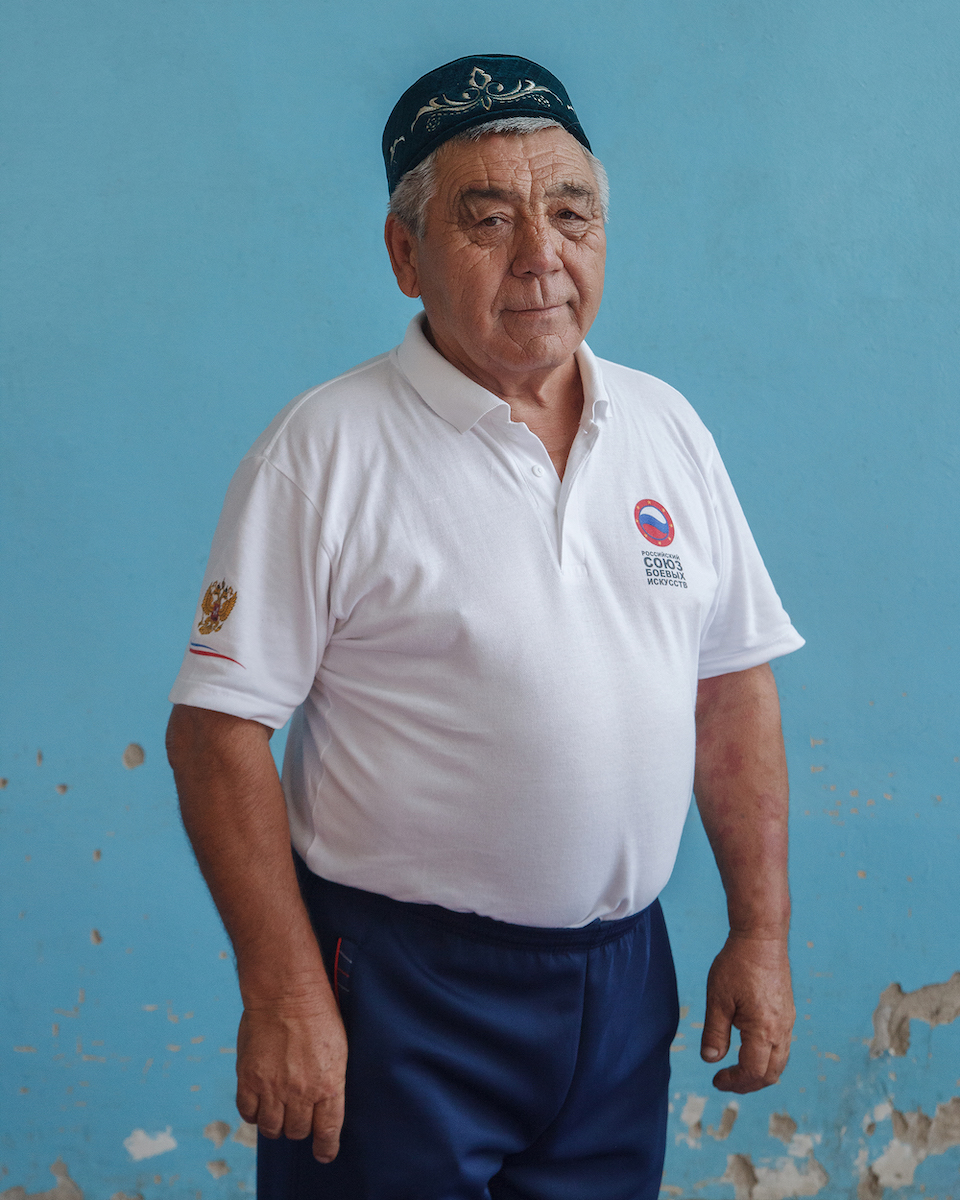
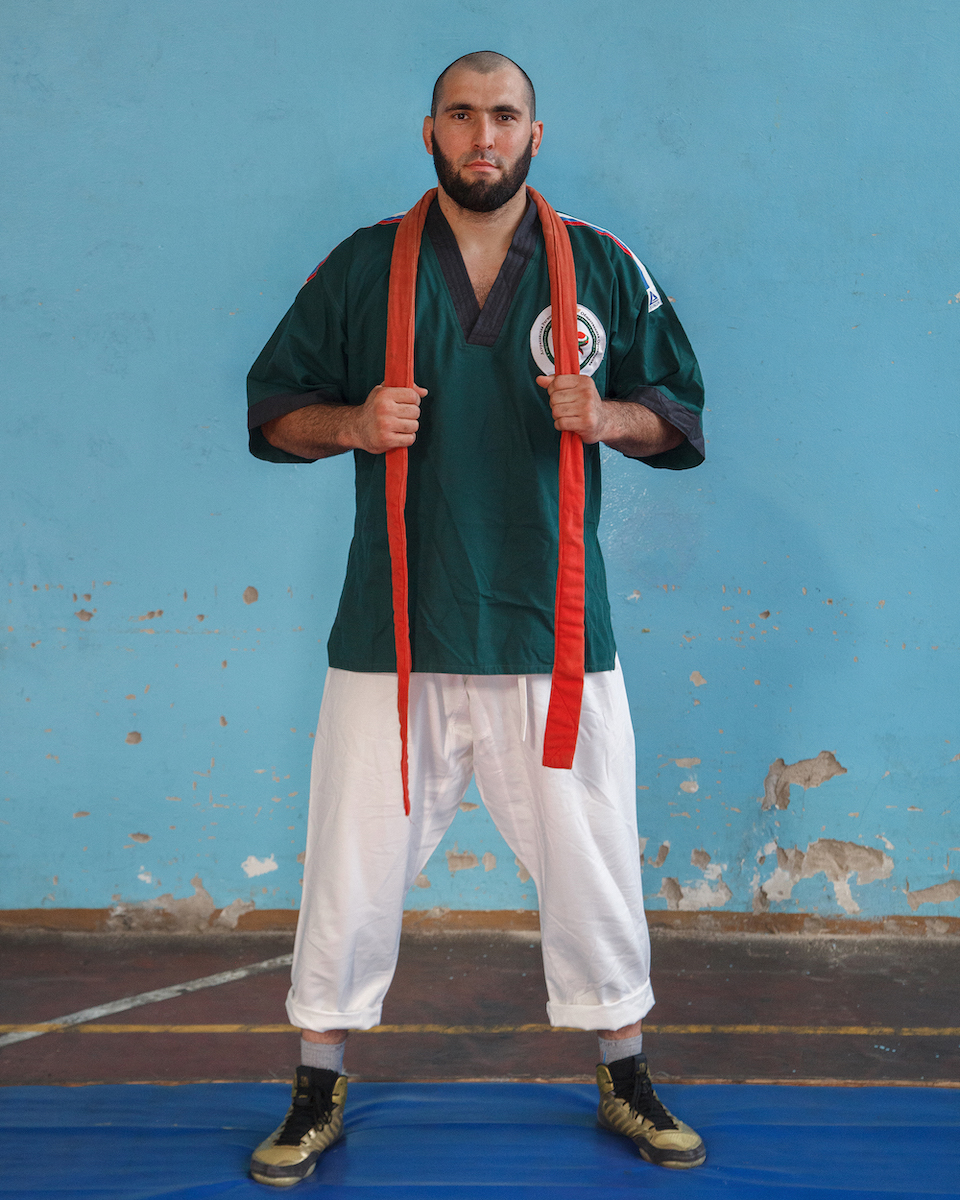
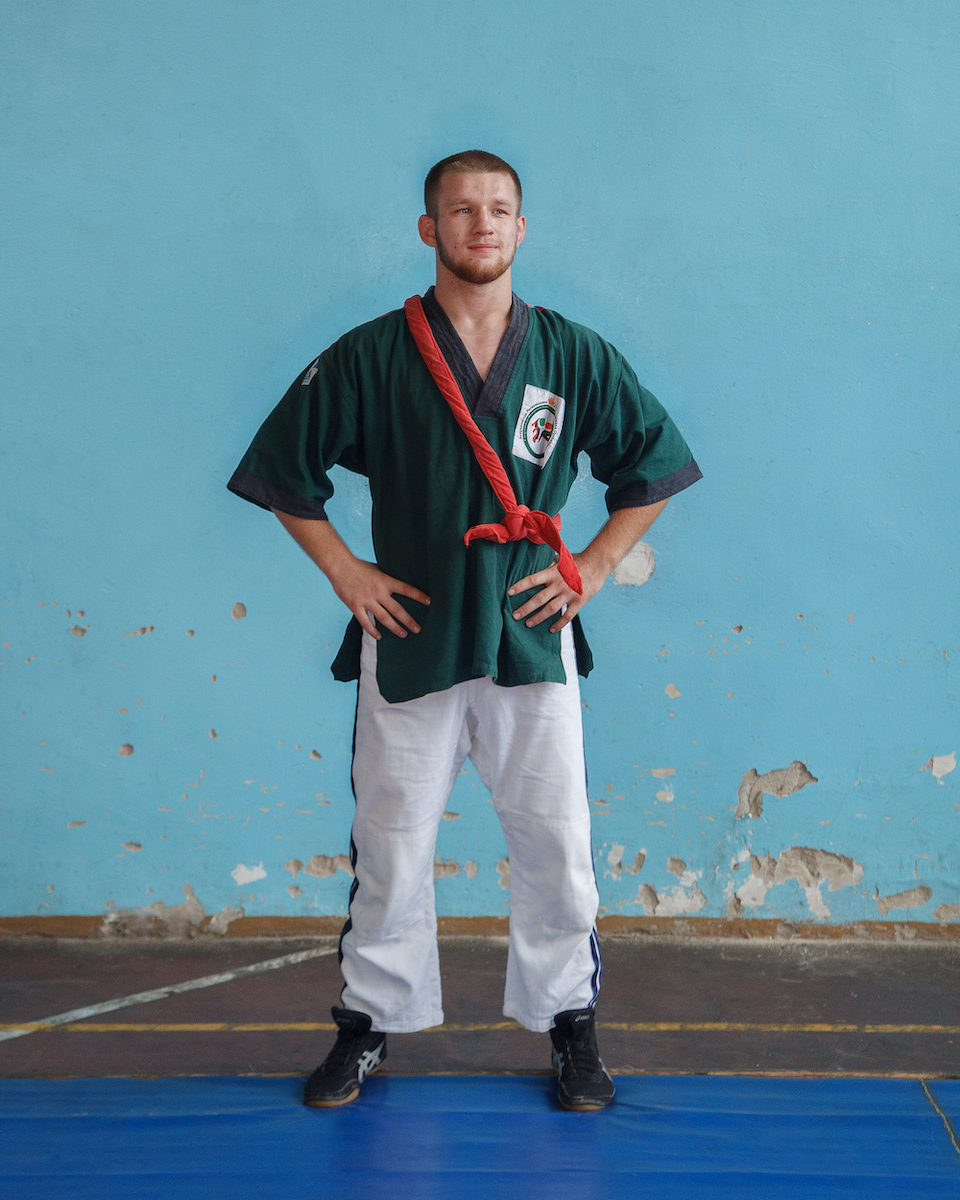
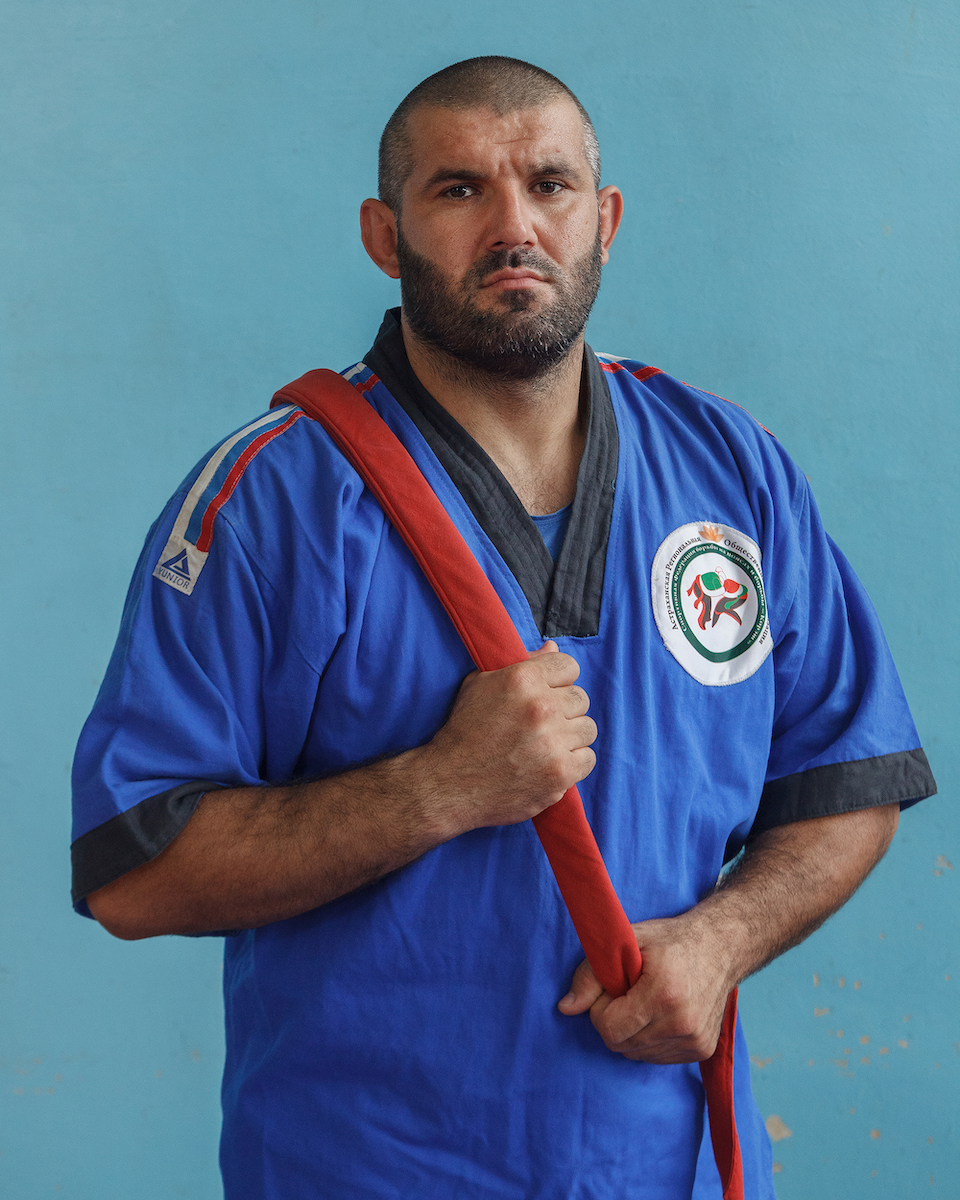
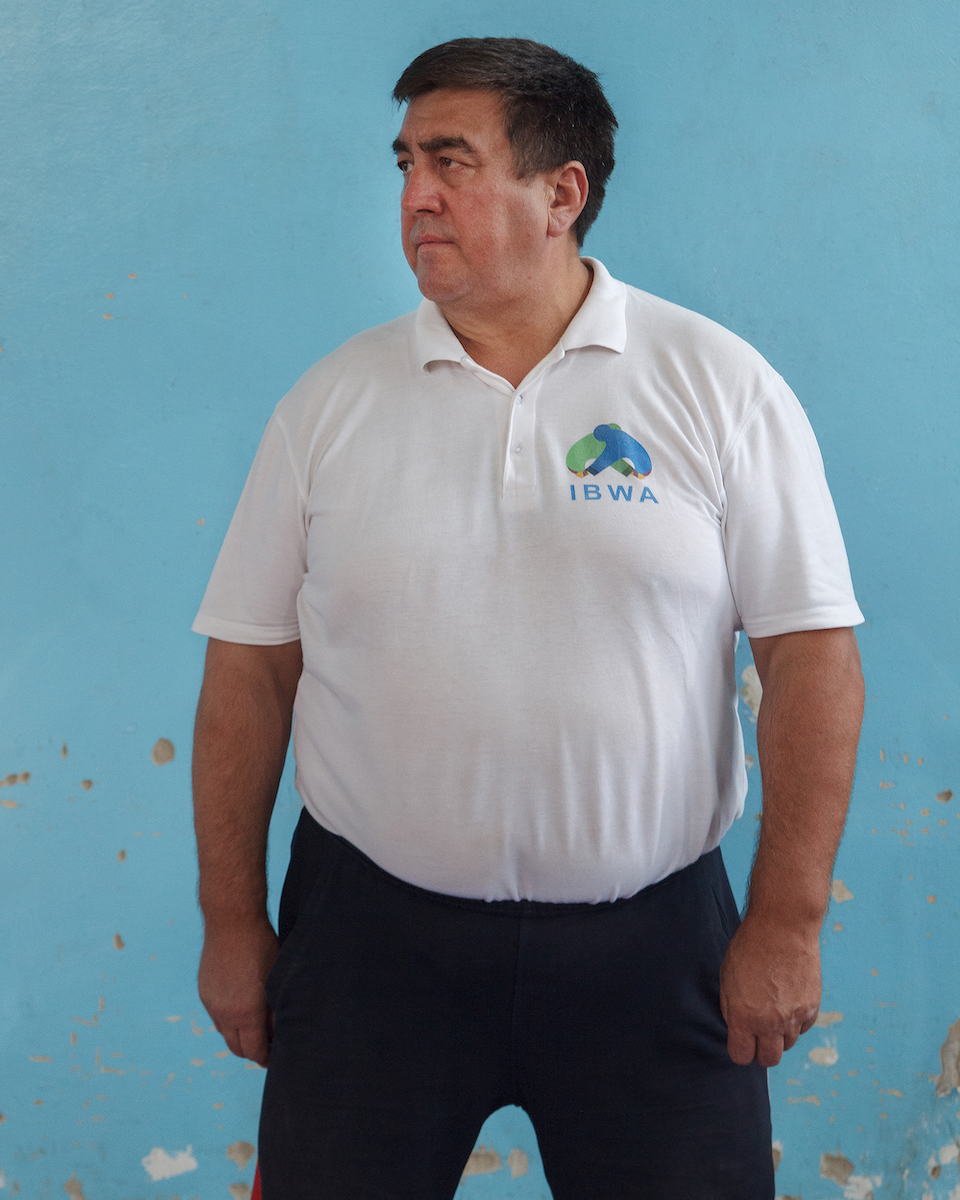
Thanks to Mark Giller and his efforts, kuresh championships are becoming more frequent in Astrakhan, as well as in other parts of Russia where Tatar and Bashkir population prevails. Meanwhile, the sport has been added to UNESCO’s List of Intangible Cultural Heritage — largely thanks to its role in fortifying tolerance and fostering multinational stability.